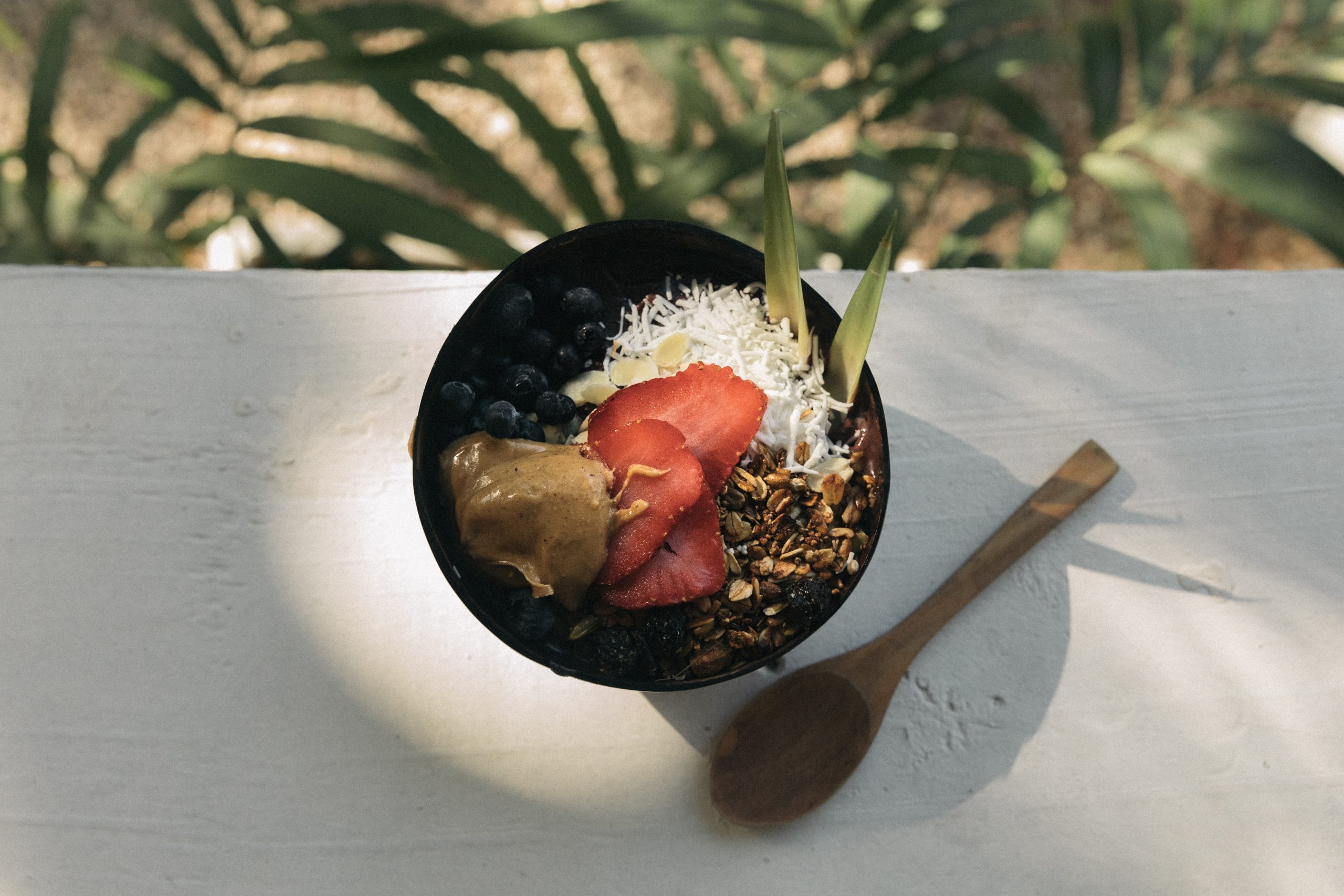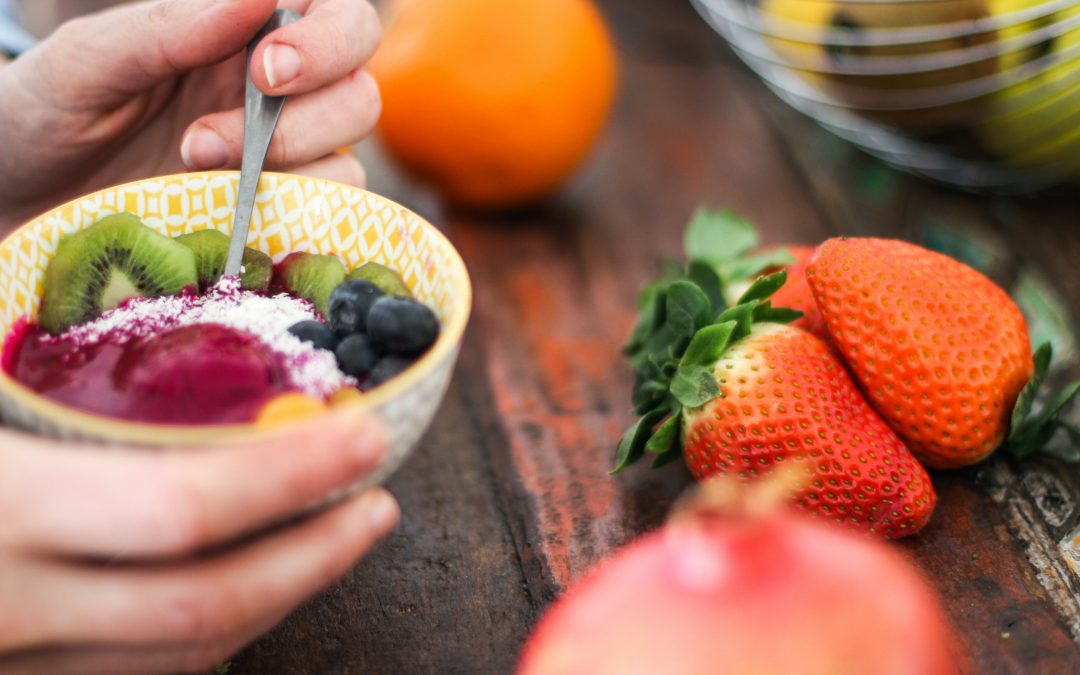As an açai lover, you would know that the consistency in your açai bowls and smoothies should be nice and thick, sort of like a cake mix. However, some times you come across runny or even icy açai. There is a very good (bad) reason for this!
Not all açai was created equally and you shouldn’t be blaming your blender or your own skills for the poor açai consistency that you are getting.
In this article we’re going to explain how açai is graded based on its density. Once you know how açai is graded, you’ll know what to look for before buying frozen açai and never have to buy inferior açai again.
After having had great açai in Brazil, I think that people in the rest of the world should be able to enjoy the best açai there is to offer.
Why does açai have to be pulped?
The deep purple coloured berry from the Amazon rainforest, açai (pronounced “ah-sigh-EE”) goes through a pulping process before it’s frozen. That’s because the inedible seed in the centre of açai fruit can’t be eaten and it takes up about a quarter of the fruit, which is why since ancient times people in the Amazon have separated the fruit from the seed.
The thick fruit pulp concentrate is then mixed with water to enable the açai to be frozen and transported so that people all over the world can enjoy açai. The key point is the ratio of açai to water and this is a major factor in creating a thick açai bowl!
This used to be a manual process but now can be done with machines. In some parts of the Amazon where there is no electricity, this is still done manually using a mortar and pestle to smash the fruit over a terracotta plate. However, most açai is made with stainless steel machines which involves separating the thin skin from the large seed and mixed with water.
Why is açai graded?
Açai is graded so consumers know whats percentage of the fruit is actually in the frozen packet that they’re buying from the shops. You can also tell by looking at the nutritional information on the back of the packet (look for açai with higher fibre, protein and omegas).
The thicker viscosity indicates how many fruit solids (and nutrients) the açai contains. Açai pulp is expensive, so many companies try to get away with adding more water content during the pulping process to bring down the cost of production.
How is açai graded?
There are three categories for açai based on their fruit solids content which is defined by the Brazilian Ministry of Agriculture:
- Açai “fino” or “popular” is lower grade and must contain a minimum of 8% solids
- Açai “medio” is middle grade and must contain a minimum of 11% solids
- Açai “grosso” or “especial” is thick or special grade (the best) and contains at least 14% solids
Some countries, like the US do not require manufacturers to disclose how much fruit solids is in açai, so if you’re unsure check the ingredients and nutrition information on the label.

How can you tell if your açai is lower grade?
Açai that is a lower grade will melt faster, which you don’t want when you’re eating an açai bowl. The consistency is runny and thin, so it won’t make for a good bowl base. You will also be able to tell when looking at the açai out of the packet – it will often be very icy and possibly see through.
What is grade A açai?
Grade A açai is the same as “especial”, so the top grade açai with a lot of fruit solids. You’ll also be able to tell from the colour, as it’ll be a deep purple colour compared to lower grade açai.
What is Purple Foods açai graded as?
Purple Foods only sources the best açai, so we only use grade A or “especial” açai which has more than 14% fruit solids. It’s rare to find this high quality açai in Australia which is why Purple Foods is proud to sell only the best frozen açai to our loyal customers.

